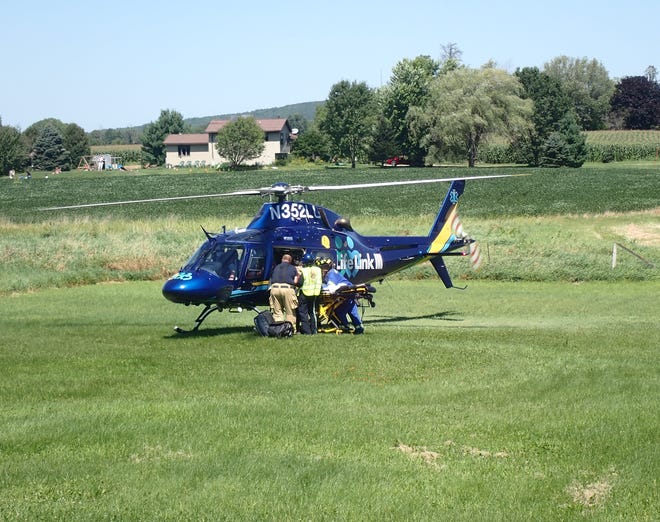National datasets fall short in capturing agricultural production deaths

Authors of a recently published paper propose a more comprehensive surveillance and tracking system to provide a better picture of agriculture-related fatalities in the United States.
The peer-reviewed article, published in the Journal of Agromedicine, says current surveillance methods miss entire categories of fatalities that occur during agricultural work or on production agriculture worksites, such as children and non-working individuals. Also, many people working in production agriculture are primarily employed in other industries with agricultural work serving as a part-time or secondary form of employment. As a result, say the authors, many fatalities occurring on farms and ranches are excluded from national datasets.
Despite under-counting, the 2019 Census of Fatal Occupational Injuries still indicated workers in agriculture, forestry and fishing (AFF) sectors were seven times more likely to die on the job than non-AFF workers. Among youth workers ages 15 to 17, fatalities in agriculture accounted for 81 percent of all occupational fatalities.
The Journal of Agromedicine article is titled, “What about the Rest of Them? Fatal Injuries Related to Production Agriculture Not Captured by the Bureau of Labor Statistics (BLS) Census of Fatal Occupational Injuries (CFOI).”
“Fatal injuries in agriculture and other occupations are reported fairly well by the CFOI,” said one of the article’s authors, Dr. Risto Rautiainen, professor in the Department of Environmental, Agricultural and Occupational Health at the University of Nebraska Medical Center and director of the Central States Center for Agricultural Safety and Health. In an article detailing the gaps in surveillance, Rautiainen noted CFOI is the “gold standard” for reporting fatal occupational injuries.
At the same time, CFOI falls short. “For agriculture, it’s very incomplete. Self-employed farmers and ranchers are not covered,” Rautiainen said, “nor are workers on small farms with fewer than 10 employees.”
RELATED: New harvest season, new ways to think about safety on the farm
RELATED: Four tips to avoid implement entanglement
RELATED: Alliant Energy provides tips to keep farmers safe and avoid overhead power lines
RELATED: Turn signals key to safety on roadways
RELATED: Farm safety yields important, life-saving results
The authors include examples of reports from AgInjuryNews.org to show agriculture-related fatalities not captured by the CFOI count, such as victims of vehicle crashes on public roadways involving farm equipment, children killed in farm settings or on farm equipment and tractor operators killed on public roads because it wasn’t known if they were working at the time of the crash. AgInjuryNews.org is a growing online database of agricultural injury reports primarily compiled from online news media and obituaries.
“We want to make sure that we’re capturing all relevant injury data so that we can propose the best possible safety interventions to prevent injuries and protect the people who produce our foods, fuel, and fiber,” said paper co-author and AgInjuryNews.org project leader Bryan Weichelt, Ph.D., an associate research scientist with the National Farm Medicine Center, Marshfield Clinic Research Institute.
The authors propose a more comprehensive surveillance system for agricultural injuries and fatalities. They recommend that the National Institute for Occupational Safety and Health (NIOSH) lead and fund a collaborative effort with its 10 regional agricultural health and safety centers and the National Children’s Center for Rural and Agricultural Health and Safety to develop common surveillance systems to collect agricultural fatality, injury and illness data. They suggest including a focus on areas currently excluded from the CFOI, and non-fatal ag injuries and illnesses to self-employed farmers and ranchers and their family members currently excluded from BLS Survey of Occupational Injuries and Illnesses (SOII).
The authors’ recommendations align with an “urgent” need to improve the quality of mortality data and routine injury surveillance, the theme in a new supplement from the American Journal of Public Health (AJPH), “When Dying Really Counts.” In the supplement, AJPH editors argue that the, “consequences of inaccuracies in mortality data threaten the mission of public health.”
The authors include Weichelt; Rick Burke and Emily Redmond of the National Farm Medicine Center, Marshfield Clinic Research Institute; and John Shutske, Ph.D., University of Wisconsin.